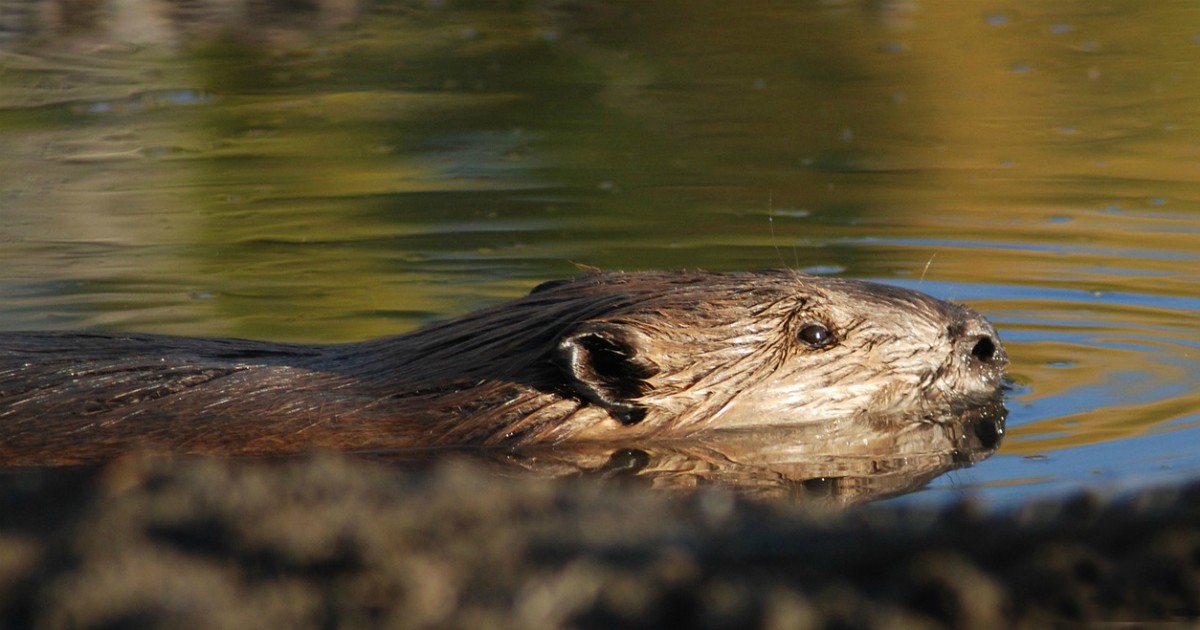In Italy the beaver is back. Many will turn up their noses, incredulous that beavers live in our Peninsula, on the other hand, for four centuries no one has met one anymore. The word beaver immediately evokes the rodent of North America, yet in the old continent lives its cousin species, the European beaver, Castor fiber. “In Italy the last beaver was reported in 1541 in the Po Valley – says the zoologist Davide Rufino – then nothing was heard of this fascinating animal until 2018, the year in which one was sighted in the Tarvisio area in the province of Udine. To get to the extraordinary news of a filmed specimen a few days ago, thanks to camera traps, in Val Pusteria, province of Bolzano“. In the valley in recent weeks its presence was suspected “due to certain signs and traces, such as the trunks of gnawed trees”, adds the expert to Ilfattoquotidiano.it. Of course, maybe it’s a bit early to talk about returning, having only two meetings in hand. “I don’t think that in the short term the beaver will be able to stabilize in the Italian Alps, it is a slow process. Probably in the future we could regain a recolonization starting from the eastern sector of the Alps, with beavers coming from theAustria“. On the same wavelength the ethologist Luca Caviglia, wildlife expert. “Before talking about the return of the species, something more than a few sporadic observations is needed”, however, “today we can say that the beaver is slowly regaining its historical range, looking out to Italy after having consolidated its presence in Germany, Switzerland e Austria“. In fact, “in Germany it has never become extinct and a population between 7 thousand and 10 thousand is estimated – specifies Caviglia a Ilfatto.it – while in Switzerland and in Austria it became extinct in the mid-nineteenth century but currently both nations boast populations of over 1000 individuals ”.
In various European countries the beaver has become extinct due to indiscriminate hunting “For his fur“Or” for his coda, considered a delicious food“Or” for its odorous substance, the castoreum, extracted from the glands and used in traditional medicine ”, says the ethologist. It will not be easy for the beavers to regain possession of their spaces: “The landscape has radically changed in the last 400 years, the vast majority of waterways have been devastated by man through regimentation interventions, overbuilding of the riverbed, elimination of areas riparians, installation of locks, hydroelectric power plants ”, he explains again Ankle. “Often there are roads on the edges of rivers and road accidents represent one of the main causes of mortality of the beaver in Germany and Switzerland”, therefore, “summing up, the success of the return of the beaver can only materialize with a different management of our rivers “. But where is the beaver supposed to return? “Having disappeared from Italy for more than four centuries, there are not many reliable data on its historical range, presumably it was present throughout the Alps”, comments Rufino. It must be said that if man was the cause of his illness, he was also the engine for his recovery. At the beginning of the twentieth century the beaver survived only in France, Germany, Belarus, Ukraine, Russia e Norway with 1200 specimens in all, but thanks to several reintroductions today it is widespread throughout Europe with about one million individuals. The appeal is practically missing Italy, Portugal, Ireland e Balkans southern, as stated in an article published last April on Global Ecology conservation.
–


